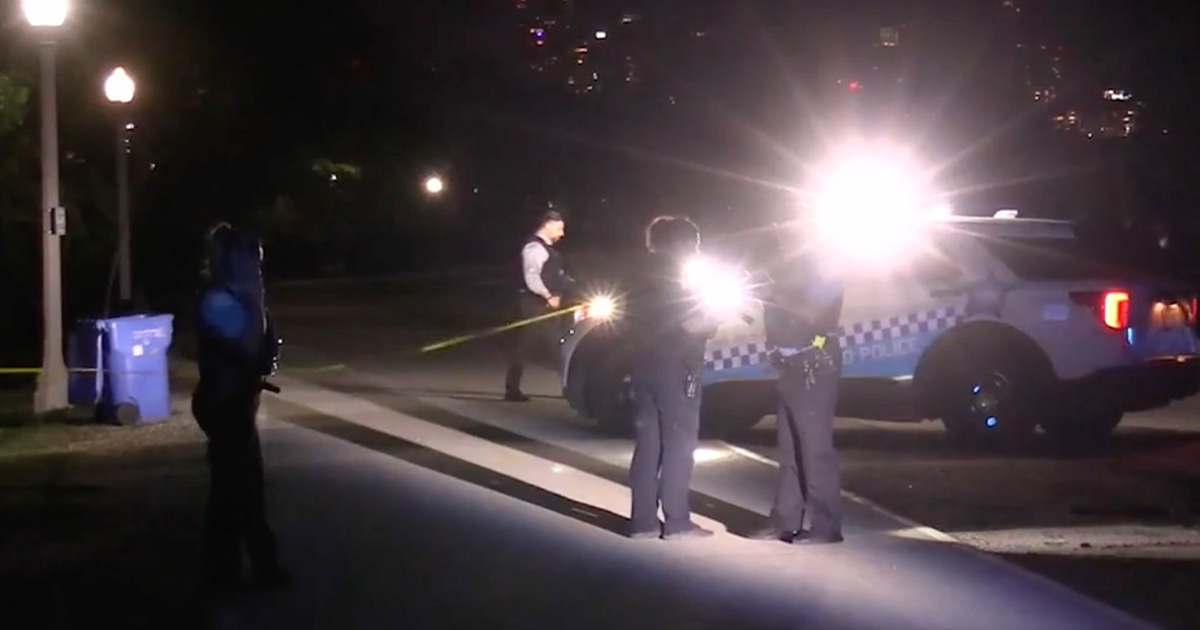CHICAGO, IL — A 17-year-old girl was shot by a 26-year-old concealed-carry holder after allegedly stabbing the woman during a late-night argument on Chicago’s South Side.
The incident occurred around 11:30 p.m. on Saturday in the 3000 block of South Fort Dearborn Drive. According to Chicago police, a verbal altercation between the two women escalated when the 17-year-old produced a sharp object and stabbed the 26-year-old in the right arm.
The 26-year-old, a valid CCL (Concealed Carry License) and FOID (Firearm Owner’s Identification) card-holder, then drew her firearm and fired shots, striking the 17-year-old in the left shoulder.
Both individuals were taken to area hospitals. The 26-year-old is reported to be in good condition, while the 17-year-old was treated and released. Charges against the 17-year-old are pending.
This incident highlights the importance of being able to draw and use a firearm with your weak hand in self-defense situations. While we don’t know if the victim was stabbed in her strong side or weak side arm, it’s crucial for concealed-carry holders to practice drawing with both hands.
In a self-defense scenario, injuries to your dominant arm can render it unusable, making the ability to draw and fire with your non-dominant hand a potentially life-saving skill. This is particularly relevant when considering the unpredictability of violent encounters, where attackers may target your strong side.
Practicing weak-hand draws involves several key steps:
- Grip Practice: Ensure a firm and secure grip with your non-dominant hand.
- Repetition: Regularly practice drawing and firing with your weak hand to build muscle memory.
- Live Fire Training: Conduct live fire training under professional supervision to ensure accuracy and control.
By incorporating these techniques into your training regimen, you can enhance your overall preparedness and ability to defend yourself effectively, regardless of which arm is compromised.
This situation serves as a reminder that concealed-carry holders must be well-rounded in their training, prepared to handle various physical challenges that may arise in self-defense scenarios.
Read full article here


